Konjac does help with weight loss, but it requires a balanced diet and exercise to achieve a healthy weight loss effect. The main weight loss mechanisms of konjac include low calorie, high satiety, rich dietary fiber, regulation of gut microbiota, inhibition of fat absorption, and promotion of metabolic waste excretion.
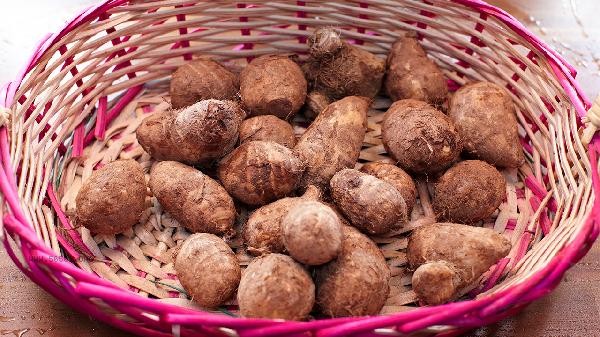
I. Low calorie high satiety
Konjac flour has only one fifth of the calories of rice, and its glucomannan volume can increase dozens of times after swelling with water, forming gel like substances in the stomach to delay gastric emptying. Brewing konjac meal powder for breakfast can reduce daily calorie intake, but it should be paired with eggs or milk to ensure protein supply.
2. Rich in dietary fiber
Konjac contains about 70 grams of dietary fiber per 100 grams, of which water-soluble fiber accounts for more than 80%. This type of fiber can adsorb bile acids and cholesterol, blocking the secondary absorption of fat in the intestine. Suggest replacing noodles with konjac shreds as the main dish, and making cold dishes with blanched broccoli and chicken breast.
III. Regulating gut microbiota
Konjac polysaccharides can act as prebiotics to promote the proliferation of bifidobacteria and improve the gut microbiota environment. Balanced gut microbiota can reduce the production of inflammatory factors and help alleviate insulin resistance. But for those with weak gastrointestinal function, they should start eating in small amounts to avoid sudden large intake that may cause bloating.
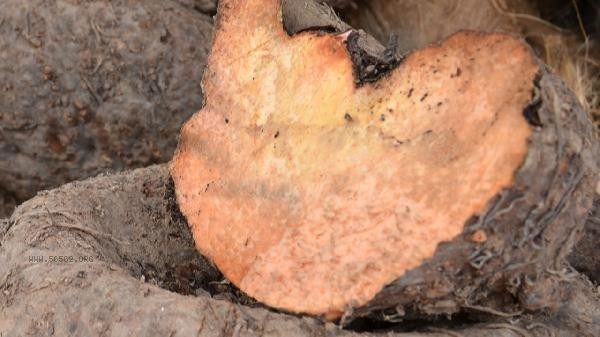
Fourth, Inhibit Fat Absorption
The ceramides in konjac can inhibit pancreatic lipase activity, reducing about 30% of fat breakdown and absorption in the diet. Eating konjac products half an hour before consuming high-fat meals is more effective, but it should be noted that long-term excessive consumption may affect the absorption of fat soluble vitamins.
V. Promoting the excretion of metabolic waste
The water holding capacity of konjac fiber can increase fecal volume, accelerate the excretion of heavy metals and metabolic toxins. It is recommended to consume no more than 200 grams of konjac products per day during weight loss, and to drink enough water to avoid constipation. People with renal insufficiency should consult a doctor before consuming.
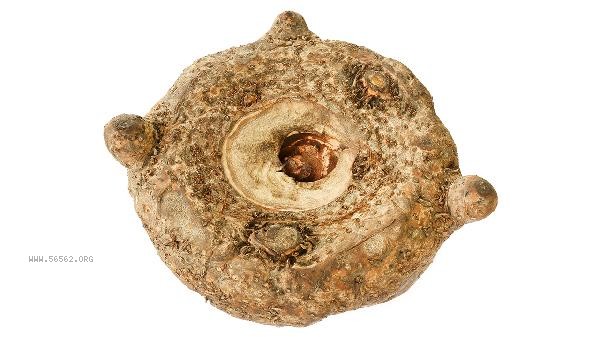
Attention should be paid to cooking konjac for weight loss, avoiding high oil and high salt content. It is recommended to mix it cold, boil it in soup, or stir fry it. Cutting konjac tofu into pieces and cooking it with mushrooms, or using konjac rice as a substitute for some staple food, are both healthy choices. Suggest arranging 4-5 konjac meals per week, combined with 30 minutes of aerobic exercise daily for better results. Special groups such as pregnant women and patients with diabetes should consult a nutritionist before use, and should be stopped immediately if gastrointestinal discomfort occurs. Long term reliance solely on konjac for weight loss may lead to malnutrition, and it is important to ensure daily intake of sufficient high-quality protein and fresh fruits and vegetables.

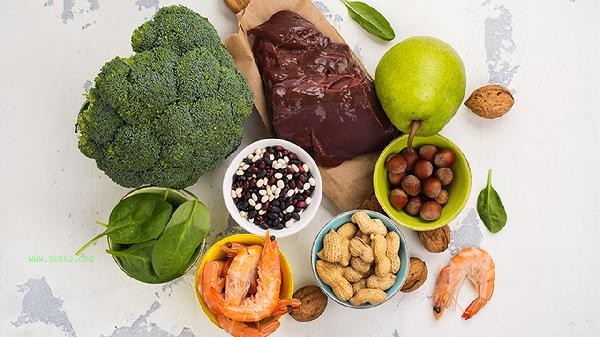
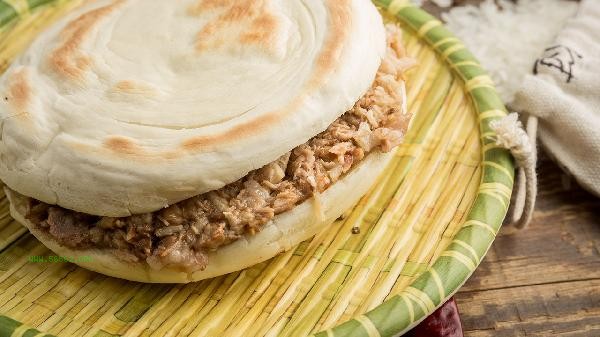

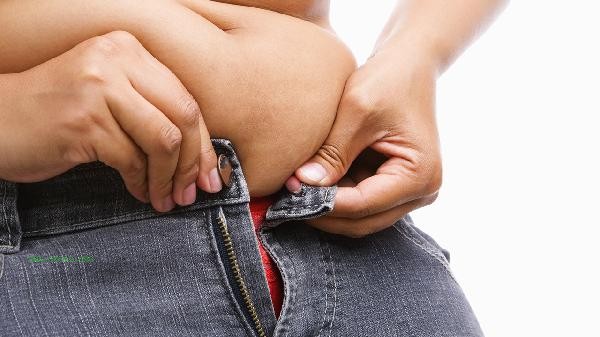
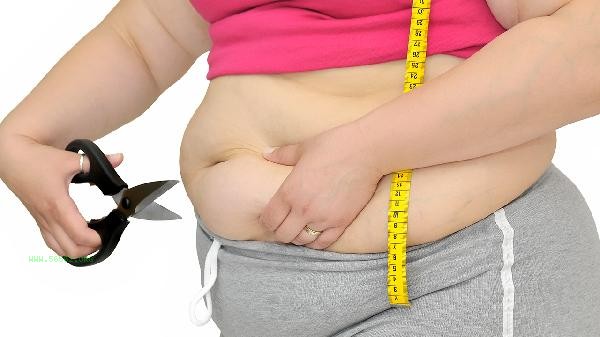


Comments (0)
Leave a Comment
No comments yet
Be the first to share your thoughts!